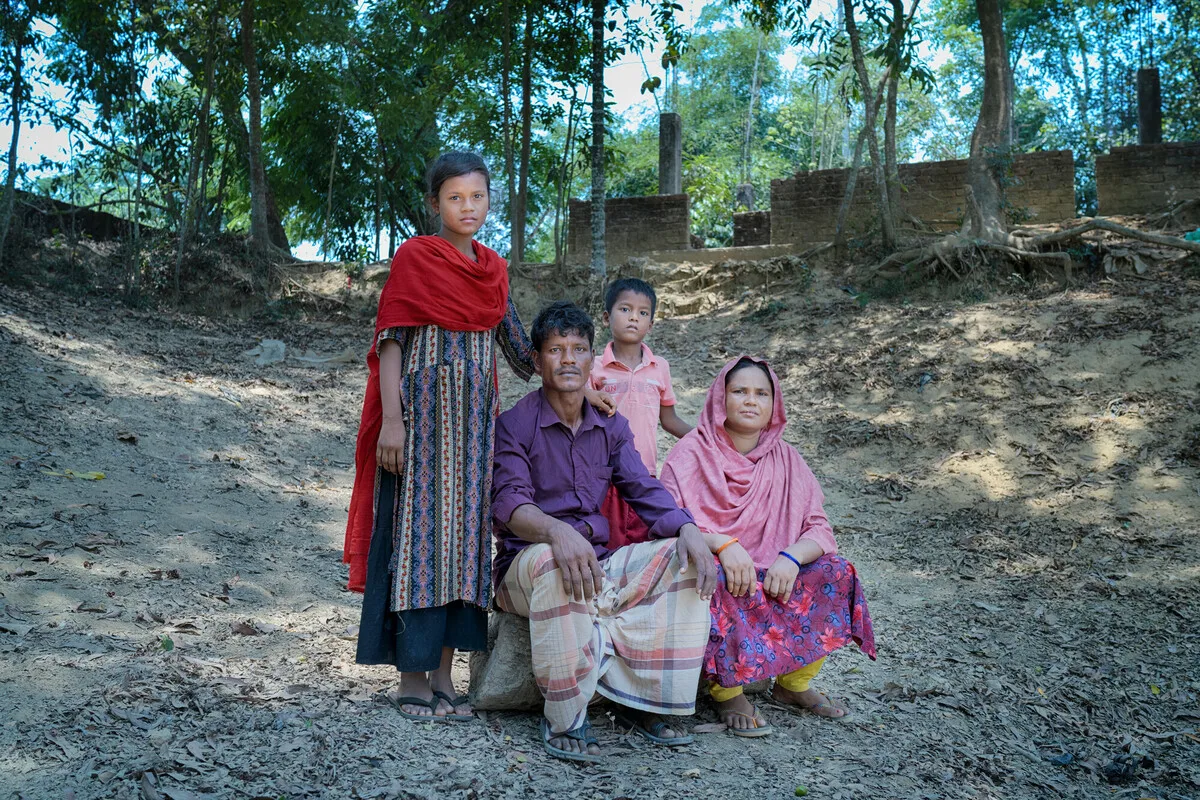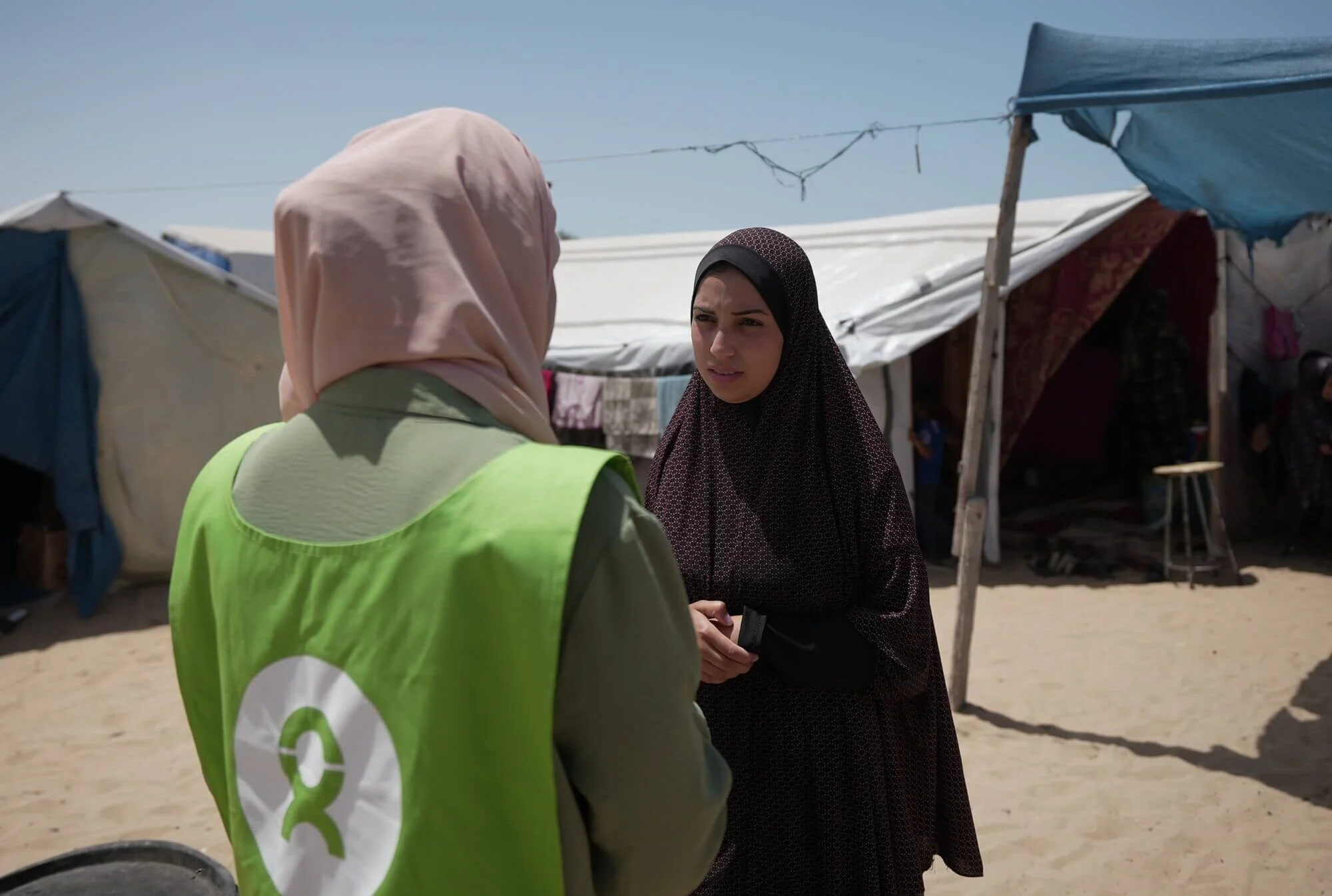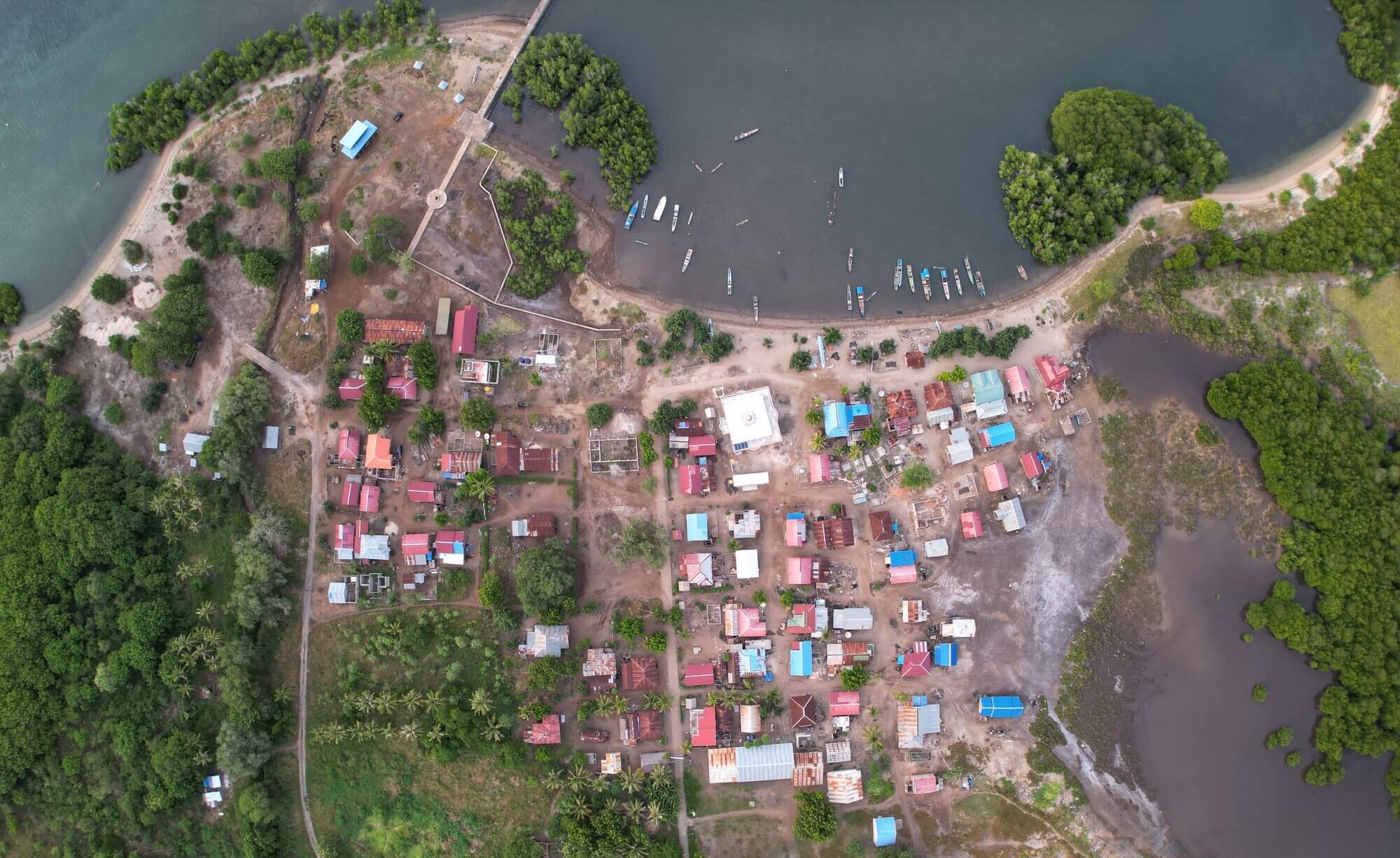Who are the Rohingya people?
The Rohingya are a Muslim ethnic minority group from Myanmar, where they have faced decades of persecution and have been denied citizenship. Since the late 1970s, hundreds of thousands of Rohingya have fled their homes, crossing the border to Bangladesh or travelling by sea to Indonesia, Malaysia, and Thailand. There are an estimated 3.5 million Rohingya globally.
What triggered the Rohingya refugee crisis?
In 2017, the Myanmar military and other armed groups launched a campaign of violence against the Rohingya people. Around 750,000 Rohingya fled their homes and took refuge in Bangladesh. Since 2021, civil war has raged in Myanmar, recently re-igniting attacks against the Rohingya.
Where do the Rohingya people live now?
There are 300,000 Rohingya who have lived in Bangladesh for decades. Since 2017, they have been joined by over 700,000 more, pushing the population to around one million refugees in Bangladesh. Refugees are crowded into 33 camps that cover only 24 square kilometres, making it one of the most densely populated refugee camps in the world. Thousands more have recently crossed the border, escaping the same atrocities that drove them out in 2017. Only 600,000 Rohingya remain in Rakhine State in Myanmar, many of whom live in camps and are subject to systematic human rights abuses. The remaining Rohingya live as refugees in Indonesia, Malaysia, Thailand, India, Pakistan, Saudi Arabia, the United Arab Emirates, and Australia.
What are conditions like inside Cox’s Bazar?
Rohingya live in flimsy shelters made of bamboo and tarpaulin, built on hilly, landslide-prone floodplains. Offering little protection, these shelters become flooded during monsoon rains and are damaged or destroyed by strong winds and cyclones. Barbed-wire fences, constructed by the Bangladesh government, enclose the camps, preventing Rohingya from escaping hazards like fires that frequently sweep through the camps. With open drains and contaminated water, the risk of water-borne diseases is high, as are other communicable diseases. Security in the camps has drastically deteriorated, with several armed groups contributing to a culture of fear. Refugees also report kidnapping, human trafficking, extortion, and other forms of violence.
How is the Rohingya crisis impacting women?
Women and children make up three-quarters of the camp population. They bear the brunt of living in dangerous, intolerable conditions: fearful for themselves and their children, and traumatised by what they see happening to their families and homes back in Myanmar. Lack of lighting around communal latrines has made women and girls more vulnerable to sexual harassment and abuse. Limited livelihood opportunities and no formal schooling have led to protection risks such as child labour and child marriage.
What makes this a protracted crisis?
Ongoing civil war and the increase in violent attacks against the Rohingya in Myanmar mean that Rohingya refugees cannot return home anytime soon. Indeed, Deakin University academics Ware and Laoutides (2024) argue that voluntary, safe, and sustainable repatriation of the majority of Rohingya refugees in the next decade would be impossible.
Why has funding for the crisis been cut?
With global crises such as the COVID-19 pandemic and conflicts in the Middle East and Ukraine dominating headlines, attention on the Rohingya refugee crisis in Bangladesh has faded. As of the end of September 2024, the annual Joint Response Plan for Rohingya refugees and vulnerable host communities was only 53 percent funded. Reliant on aid for survival, Rohingya refugees acutely feel the impact of such a significant shortfall. World Food Program food cuts have led to higher malnutrition rates, especially among children. In the face of so many global crises, the harrowing experiences of Rohingya refugees are too often overlooked and forgotten.
What is Oxfam doing to address the Rohingya crisis?
Oxfam is addressing a lack of hygiene and safety, especially for women and girls, by rehabilitating and constructing toilets with solar lighting and ramps. Where fresh water is scarce, we are providing access to safe drinking water.
We are also undertaking hygiene promotion, including menstrual hygiene promotion, which is saving lives by preventing the spread of disease. We are helping communities—women, men, and youth—to self-organise and build leadership skills to monitor and report protection concerns to authorities, such as gender-based violence, child marriage, human trafficking, and vulnerability to hazards like landslides. Women who would otherwise be confined to the home due to conservative cultural norms are now active in their communities, helping other women.
Oxfam is also supporting women, people with disabilities and other vulnerable households to grow nutritious food through vertical and homestead gardens, which is improving their families’ food security and enabling income generation.
Written by Narelle Albrecht, Portfolio Manager for Bangladesh, Oxfam Australia
Oxfam acknowledges the support of the Australian Government through the Australian Humanitarian Partnership (AHP).



